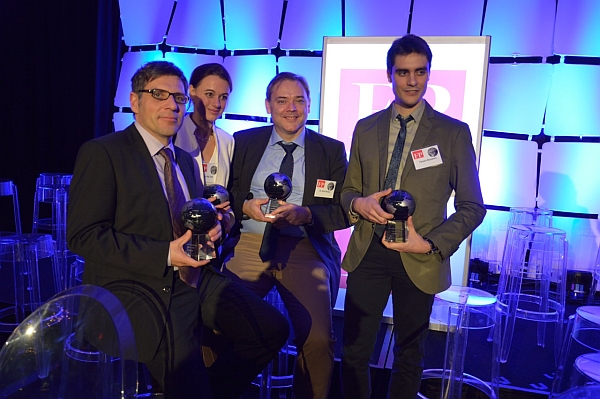|
Every year, Foreign Policy compiles a list of the top 100 minds in the world – people who have had a major impact on our world and society in the year in question in both a positive and negative respect. Besides the Empa researchers, this year’s list of 100 Leading Global Thinkers also includes German Chancellor Angela Merkel, Russian President Vladimir Putin and an Indian research team that sent a space probe to Mars – but also the leader of the IS terrorist militia. The 100 people are divided into ten categories depending on their contribution to global history: “Decision Makers”, “Naturals”, “Challengers”, “Advocates”, “Artists”, “Innovators”, “Healers”, “Chroniclers”, “Moguls” and “Agitators”. The Empa researchers featured in the “Innovators” category. The awards ceremony was held in Washington D.C. on November 17, 2014. With a select audience of about 400 invited guests US Secretary of State John Kerry shared his views on the current state of the world. The complete list of the 100 Leading Global Thinkers 2014 can be viewed here.
|


